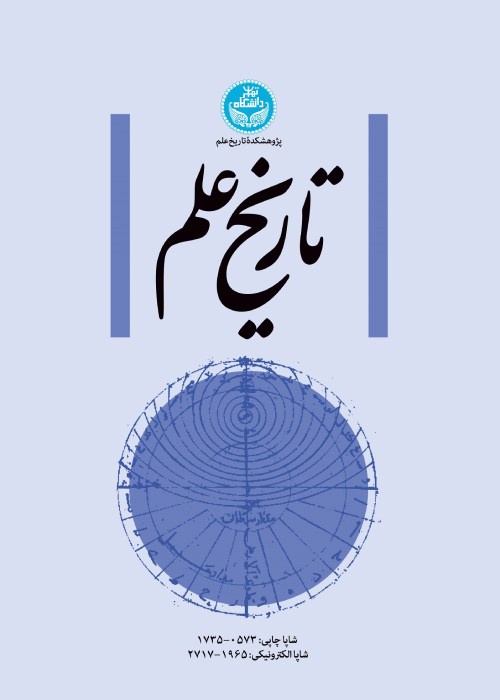Why did al-Manāẓir not lead the linear perspective in Persian paintings of the 13th to 15th century?
In despite of the fact that the antiquity of Persian painting goes back to the prior 13th century, only at this time a new visual structure emerged on the illustrated sheets of the Persian manuscripts. Based on earlier attempts and achievements, the 13th century-Persian artists laid the foundation of a new style in painting that was equivalent to international artistic standards and continued until the 16th century. One of the achievements of this new style was raising the visual restrictions on displaying the 3rd dimension on two-dimensional sheets. Achieving this, the artists could represent the 3rd dimension; however, the result of these efforts was only a scattered representation. Therefore, in this style of painting, displaying the three-dimensional objects could not lead to creating an organized three-dimensional space; therefore, scenes continued to have a linear perspective. Since the rules of representation in paintings relied on the principles of Optics and, due to the fact that the Muslim optical scientists (e.g., Avicenna, Ibn al-Haytham, etc.) detailed the processes of vision and the visual perceptions, now answering this question is important: Why did al-manāẓir not lead to the linear perspective in Persian paintings of the 13th to 15th century? Detaching myself from the unconvincing answers that have been so far provided for this question, and based on the features of Optics and Persian paintings, I used a different approach for answering this question. The two theoretical bases of this article are the principle of "clear vision" and avoidance of "visual error" in Optics, as well as the immutability of the visual culture in Islamic Iranian civilization. This theoretical framework enabled me to probe the rules of Optics, the structures of Persian paintings, and the role of the social classes who were influential in the production process of paintings. The analysis shed light on the following reasons for the immaturity of the perspective rules in Persian painting:- The status of Optics and the other optical discourses in the advancement of Islamic science at that period; - The superiority of Optics over painting in cultural circles; - The artists' inability to communicate/translate their practical experience into detailed, theoretical teachings; and, - The role of the upper classes in the maintenance of artistic styles.
- حق عضویت دریافتی صرف حمایت از نشریات عضو و نگهداری، تکمیل و توسعه مگیران میشود.
- پرداخت حق اشتراک و دانلود مقالات اجازه بازنشر آن در سایر رسانههای چاپی و دیجیتال را به کاربر نمیدهد.


